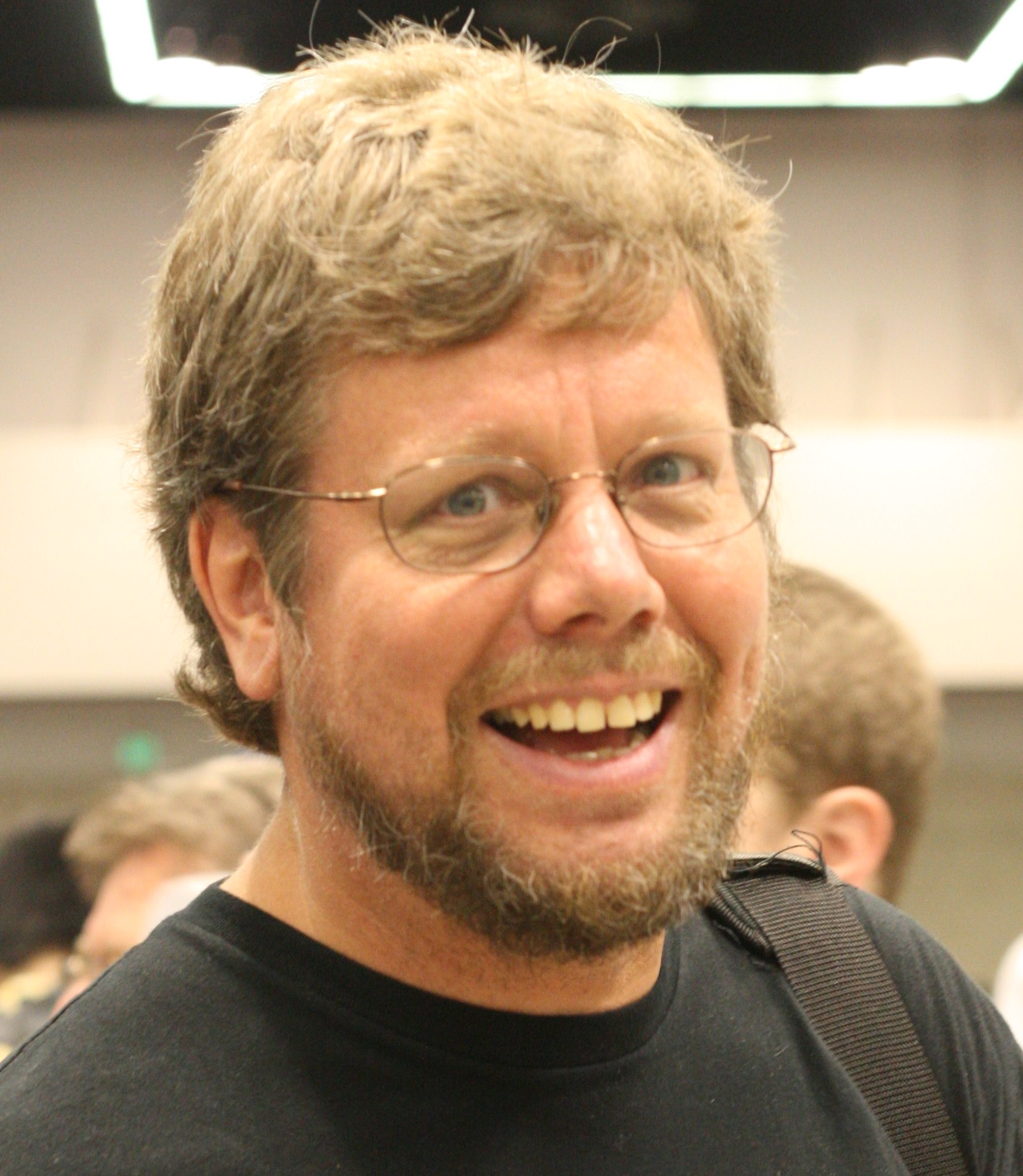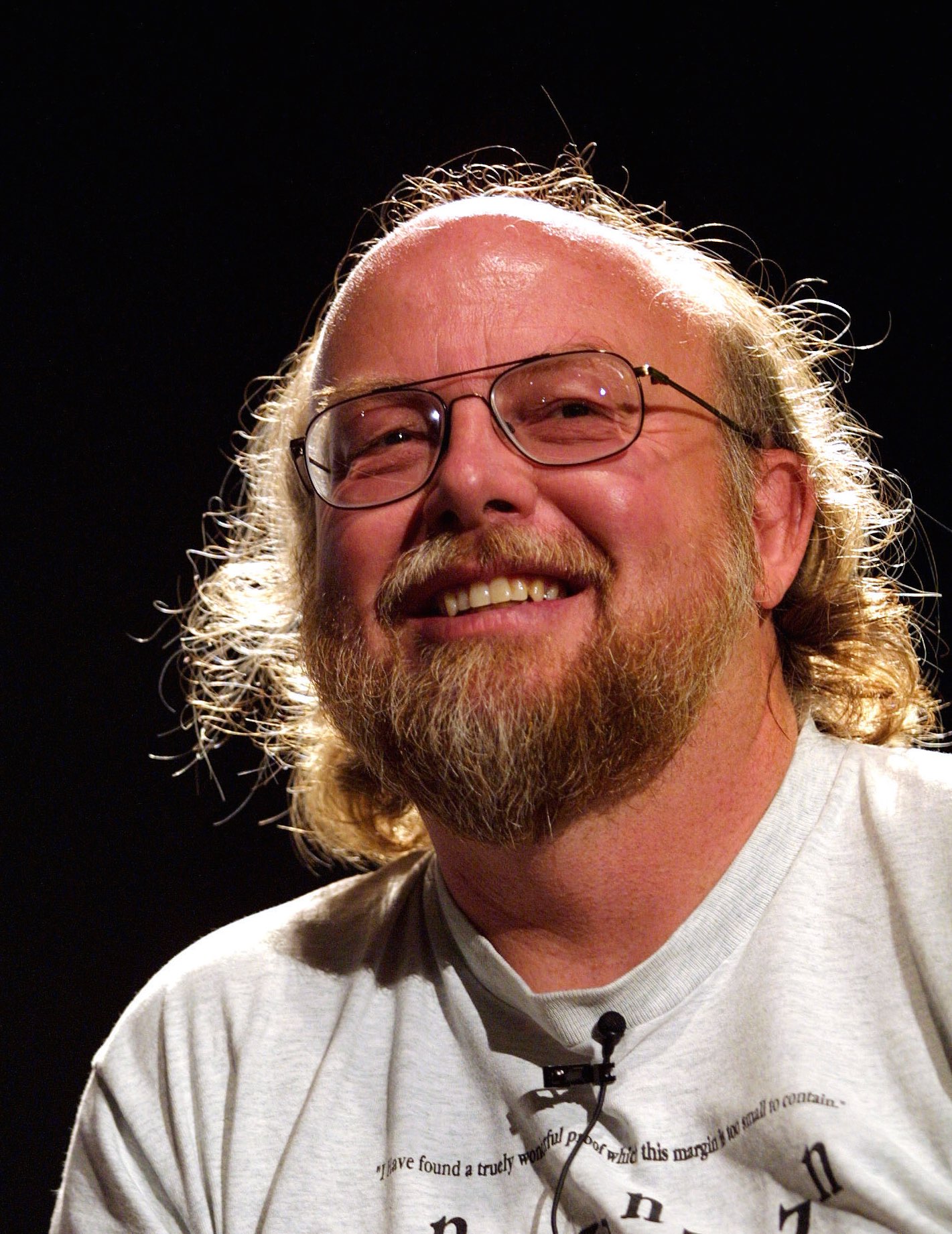Research of new languages
In the late 80s years the need for new languages to develop software in a way more accessible to programmers and to open new horizons risen considerably.
Guido Van Rossum

Guido van Rossum, born 31 January 1956, is a Dutch computer programmer, best know as the author of the Python programming languages. In the 1982, he received a MSc in Mathematics and computer sciences from the University of Amsterdam.
At the late of 80s He began a hobby programming project to keep him occupied at home
during Christmas Holidays. He decided to write an interpreter to a new language, and name the project Python
because it was a bit irreverent and he was a fan of Monty Python's Flying Circus.
He conceived the Python language, this one begun in December 1989, without knowing he would design a revolutionary language
Python is a high-level language focus on the readability of the code, with it's possible to express concepts in leased line than other languages, like Java, or C++.
James Goslings

James Arthur Gosling, born 19 May 1955 is a Canadian computer scientist,
best knows as the father of the Java programming languages.
He obtained first a BSc in Computer Science from the University of Calgary, Canada in 1977.
After that, he received a PhD in Computer Science from Carnegie-Mellon University in 1983.
He was working at the Sun Microsystems,
when at the beginning of the 90s a group of research has been created inside this company to design a
new language based on the previous languages C and C++.
It was not long before the new languages became higher than the previous,
but they also decided to ensure that programs created with this language were compatible with any system.
For this reason they developed a Virtual machine to create a virtual environment running the programs in Java
in any system.
The language was initially called Oak but was finally renamed in Java.